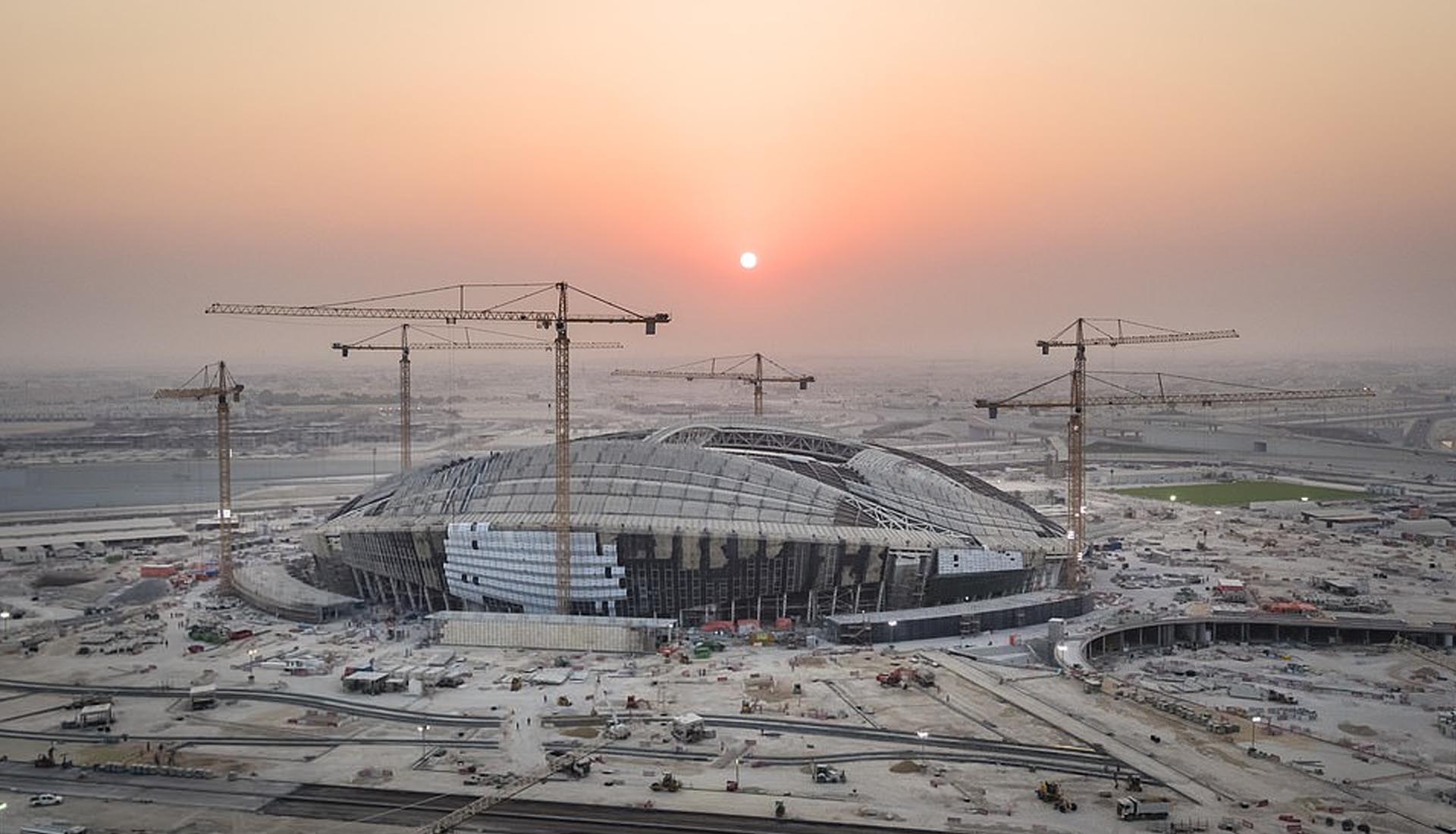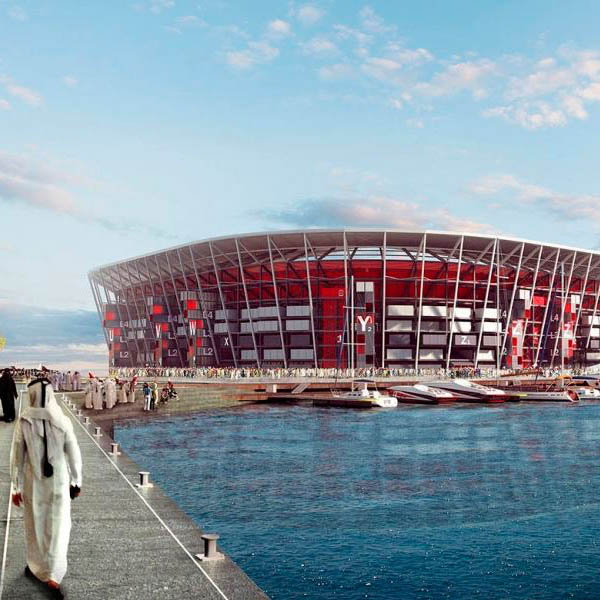Today's date marks exactly four years until the 2022 World Cup kicks off in Qatar. What felt like a futuristic dream when it was announced in 2010 is now a reality. So much so that FIFA have just revealed the progress of all 8 host stadiums... and they're just 34 miles apart.
Anyone that had to drive 15 hours from Moscow to Samara for England's Quarter-Final against Sweden will be happy with that. The Russia World Cup was spread over 1,800 miles to put things in comparison with Qatar – every stadium in Doha is within a 21-mile radius of the city centre. Ideal if you need to borrow a spare spanner or a couple of hundred migrant labourers, but that's a different subject for a different article entirely. For fans, they'll be connected by a new metro and tram system meaning you can definitely get across town to watch two or even three games in the same day.
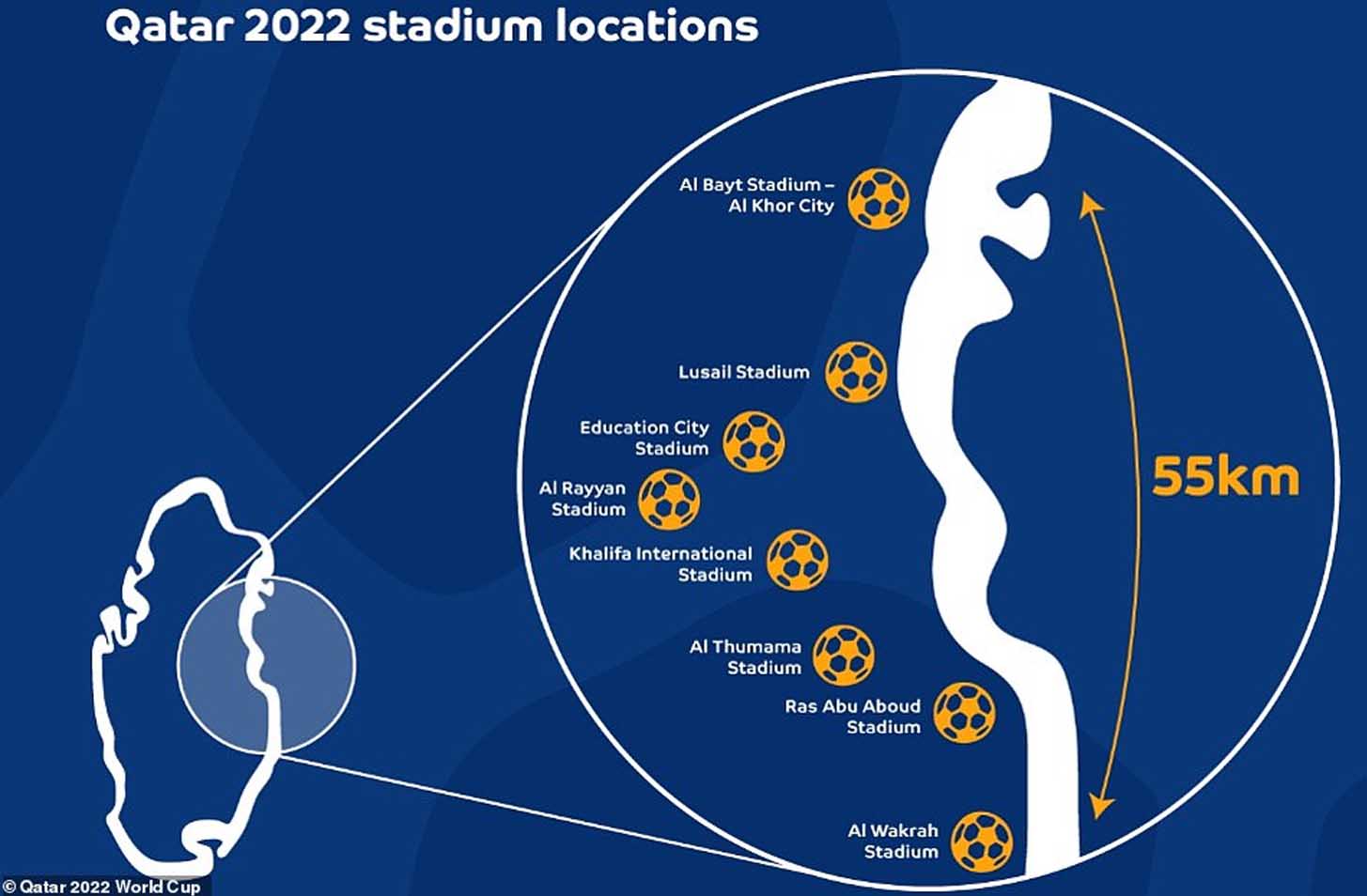
Of course, this is the first World Cup to be staged in November/December and it'll run from the 21 Nov to the final on December 18. That's just 28 days. The FA have already stated that they're keen for the Premier League season to re-commence as soon as Boxing Day so let's hope Gareth's men have shaken off their celebration hangovers by then.
As we begin the 4 year countdown we're taking a look at how each of the 2022 World Cup stadiums in Qatar are taking shape...
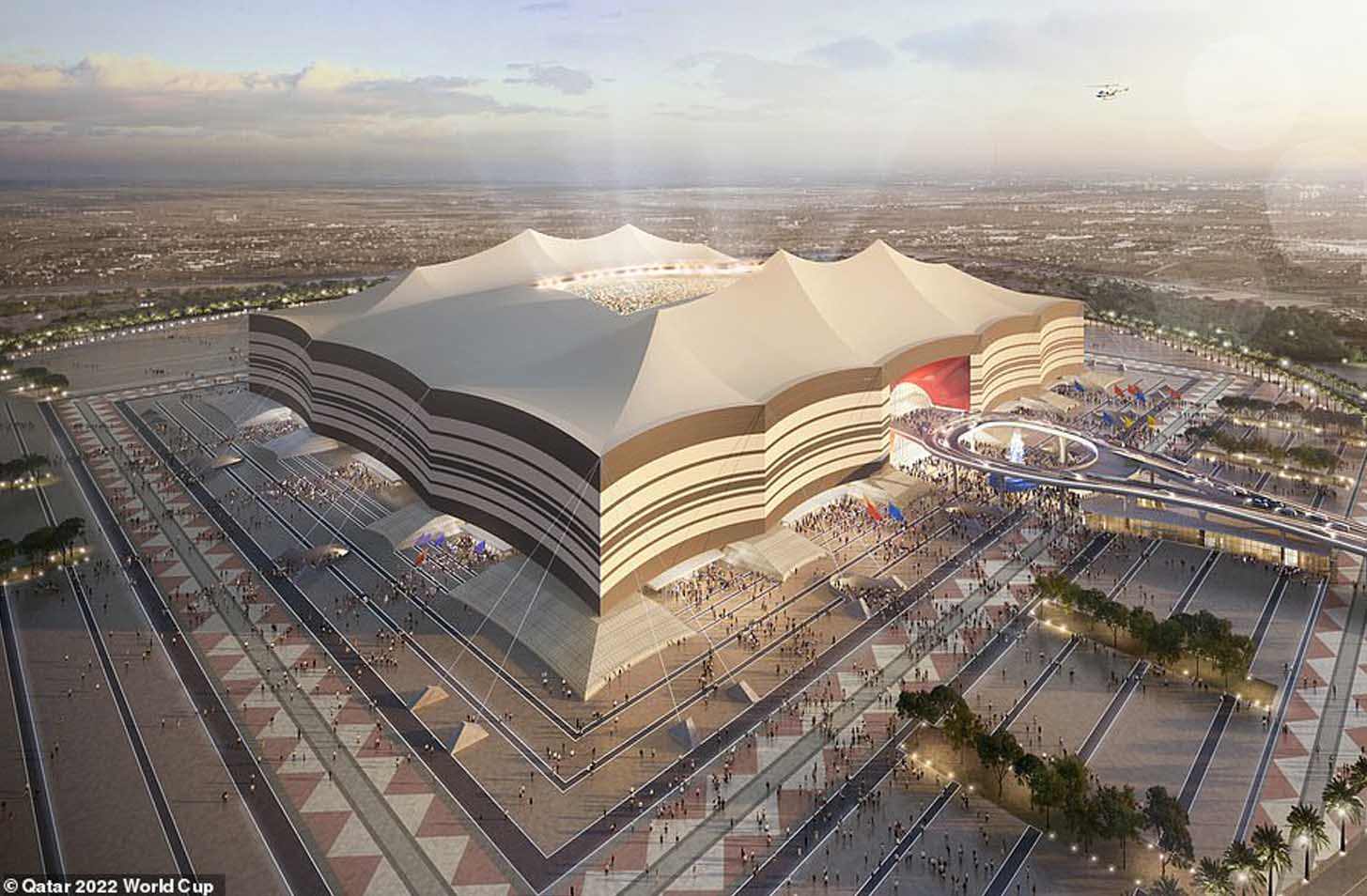
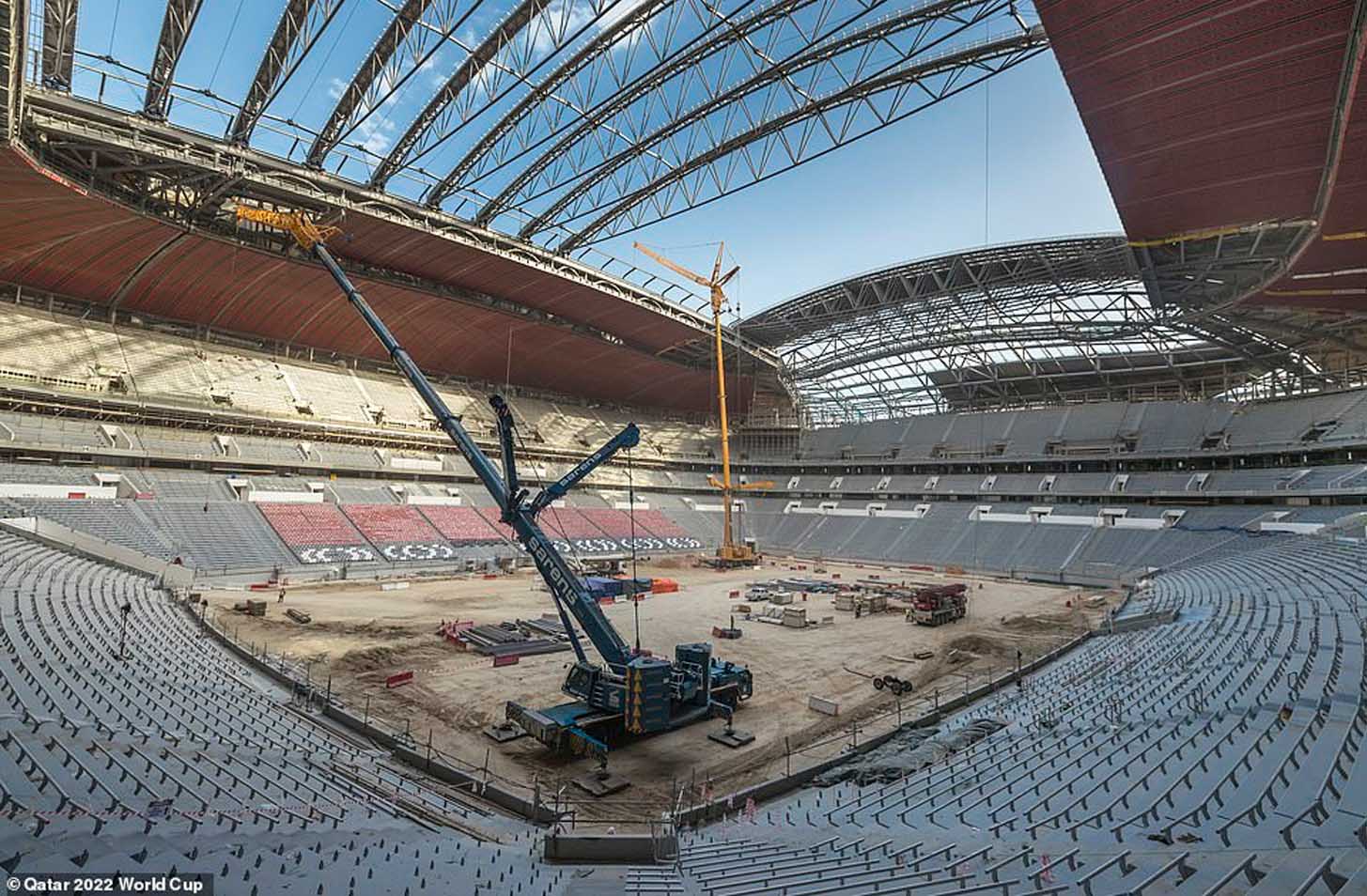
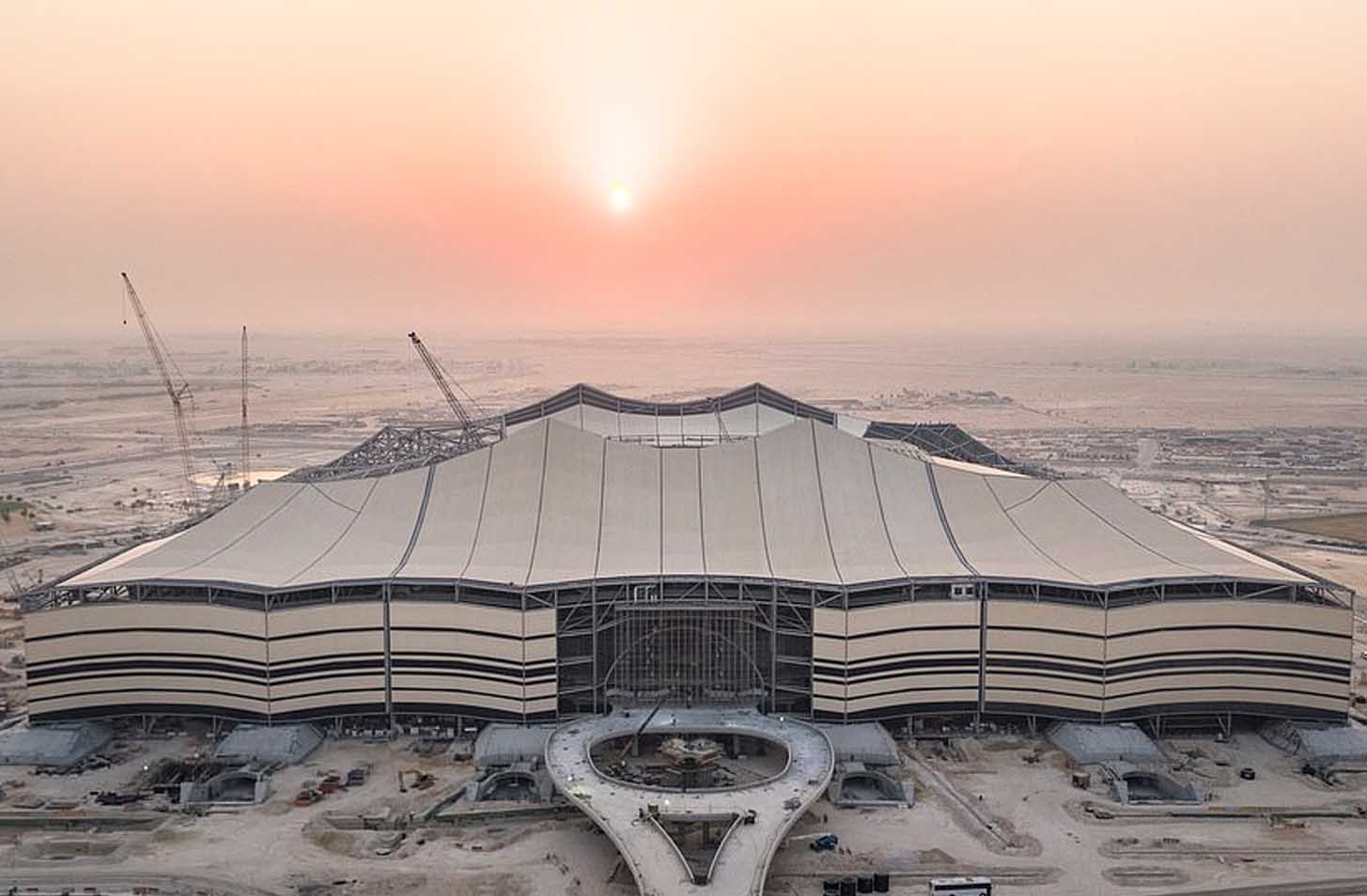
Al Bayt Stadium | Capacity: 60,000 – One of the more outer-town stadiums this, but also one of the biggest which will host games right up to the semi-final stage of the tournament. Al Bayt is 27 miles from the city centre and is well ahead of schedule in terms of completion. The design is built to represent Arab hospitality with the structure looking like a traditional Arab tent known as 'bayt al shaker'. It'll also have a retractable roof, because while we're throwing hot chocolates around the pub signing along to Wham and Vindaloo on repeat, it'll be 30C in Doha.
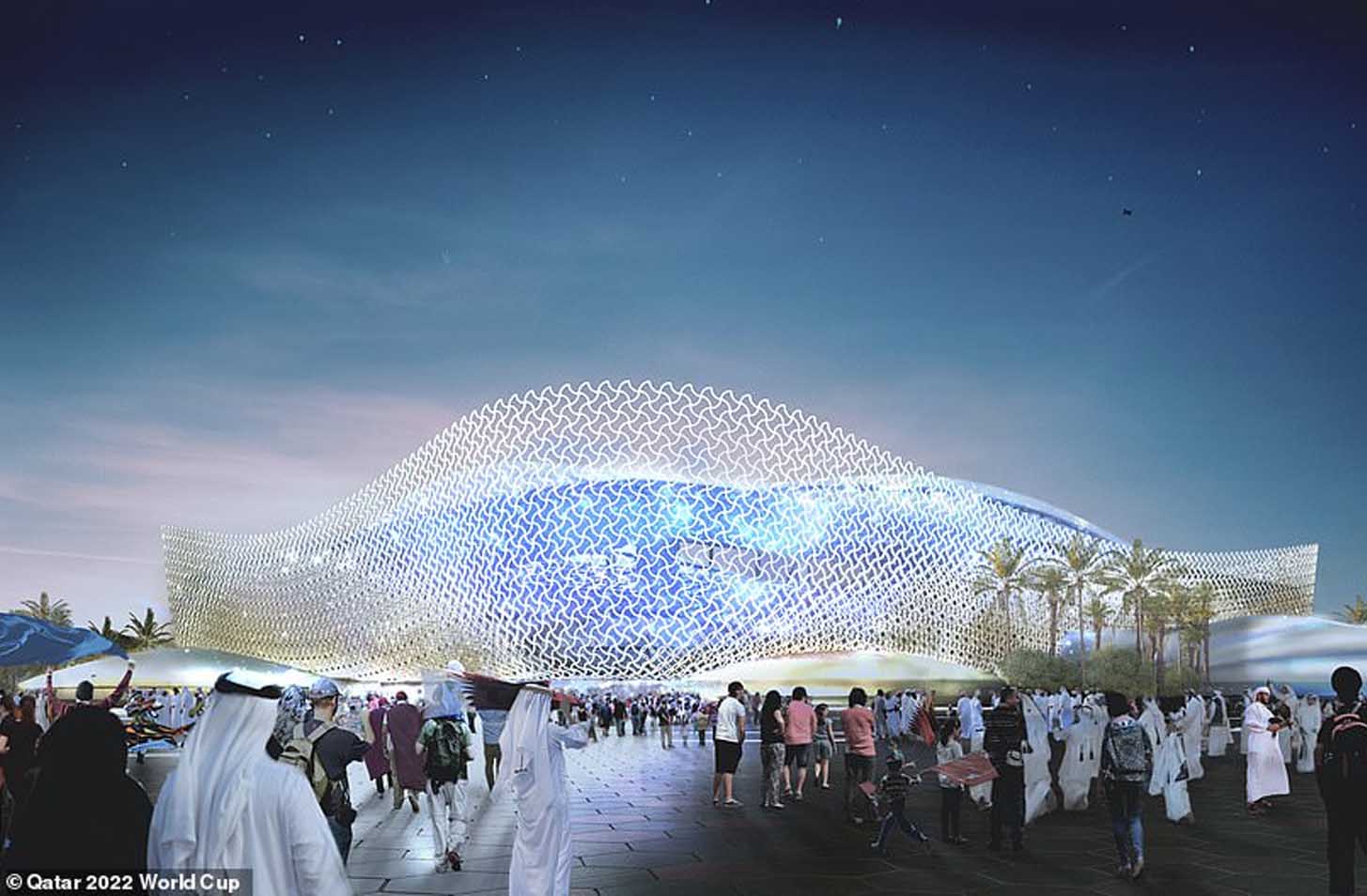

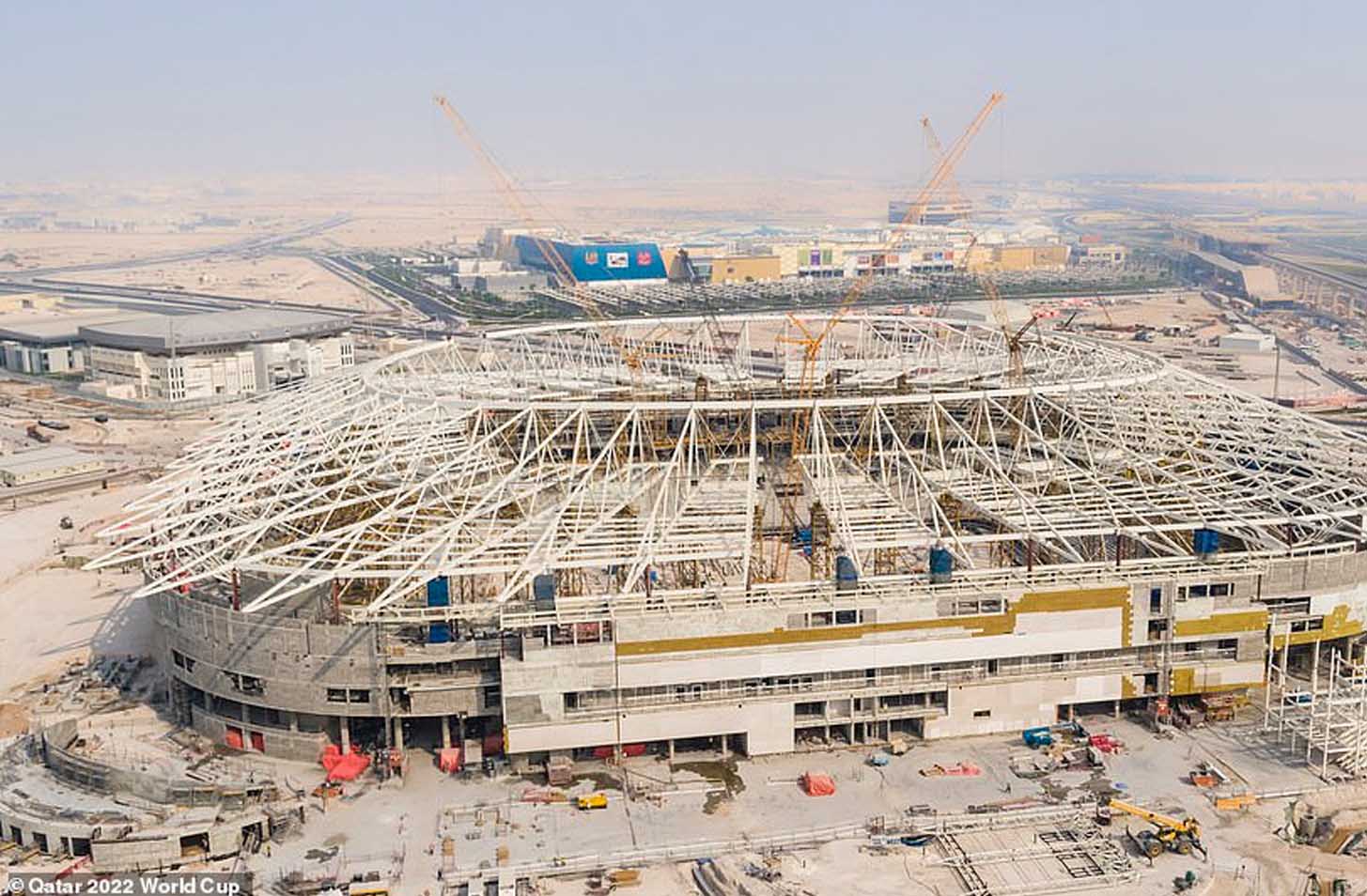

Al Rayyan Stadium | Capacity: 40,000 – Another stadium that will host knockout football is Al Rayyan. This design that reflects Qatari culture with its intricate patterns representing the wildlife and history of trade will leave us at the Quarter-Final stage. Despite being just 14 miles from the city centre Al Rayyan is in proximity to the desert, so the hospitality areas and merchandise stalls outside the ground will be shaped to resemble sand dunes. All gets a bit Avatar at night, dunnit?
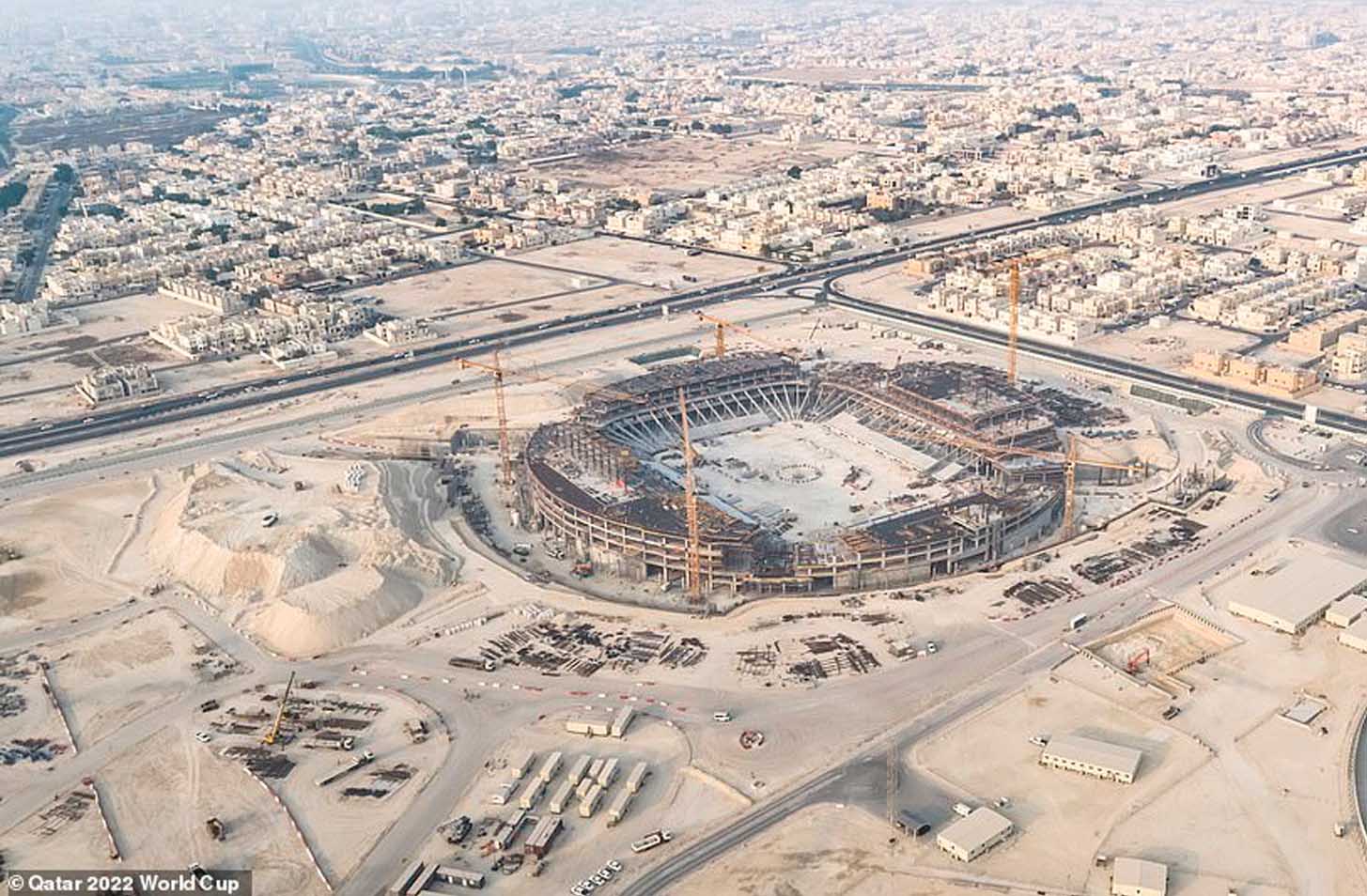
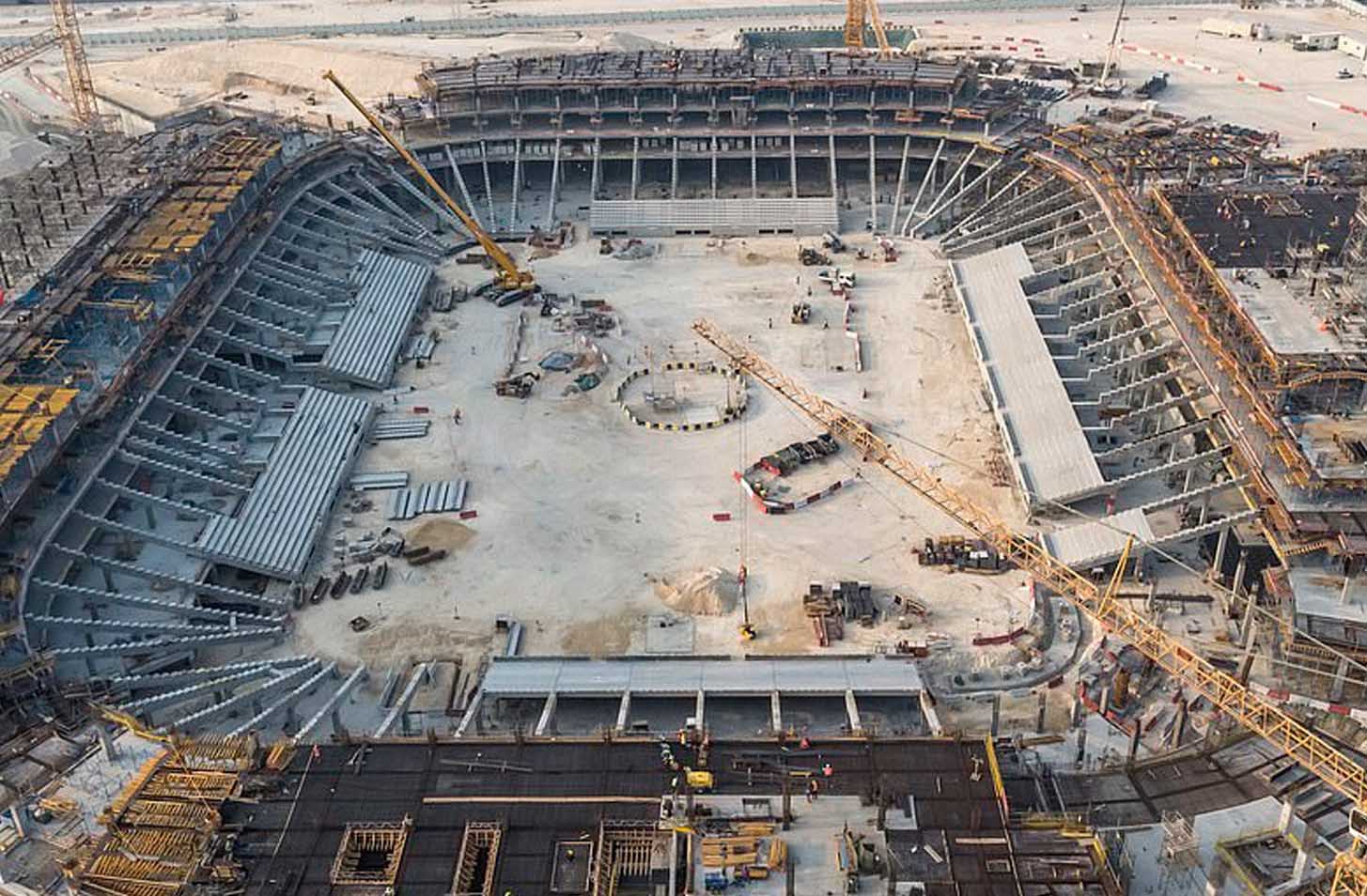
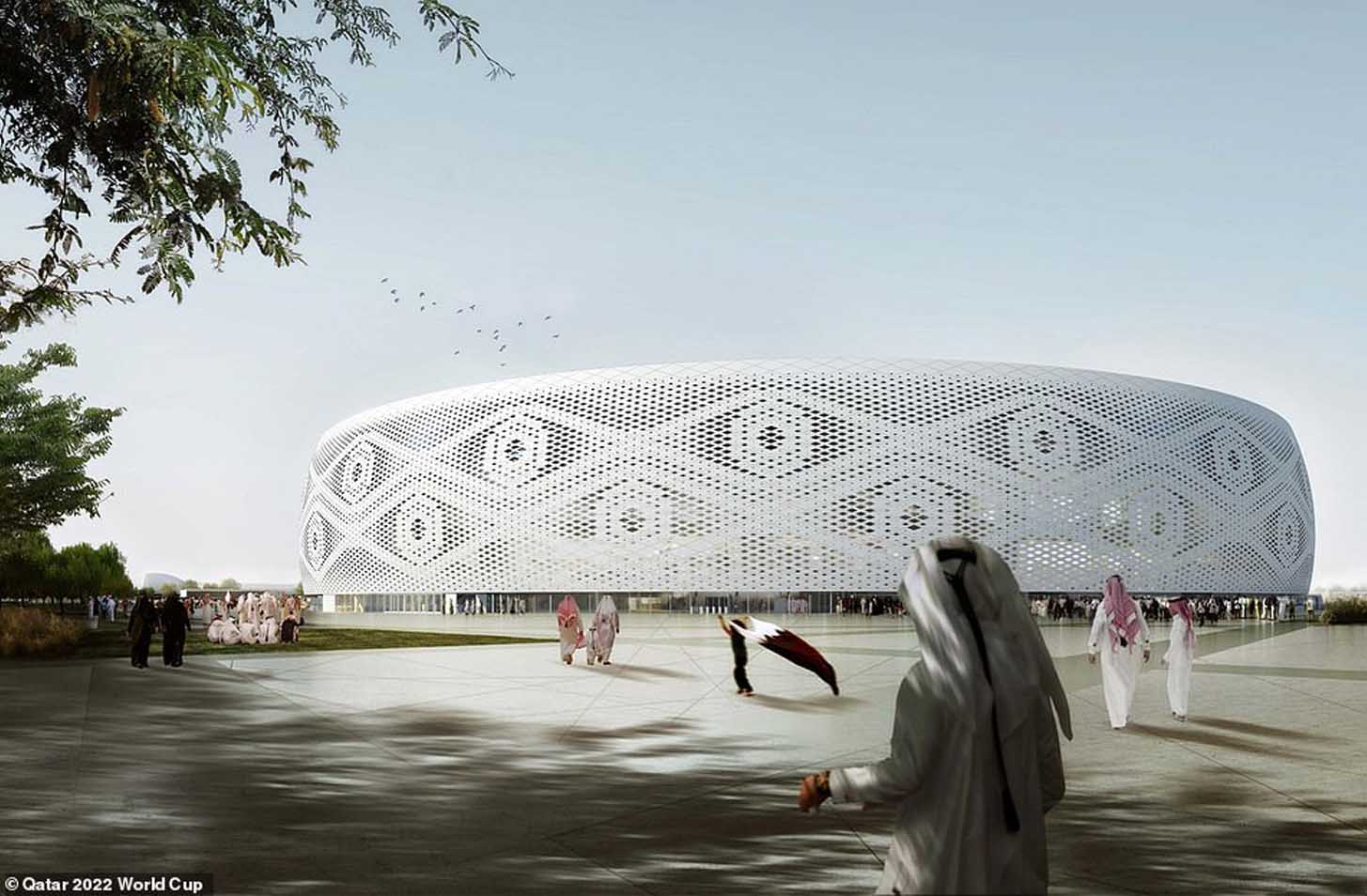
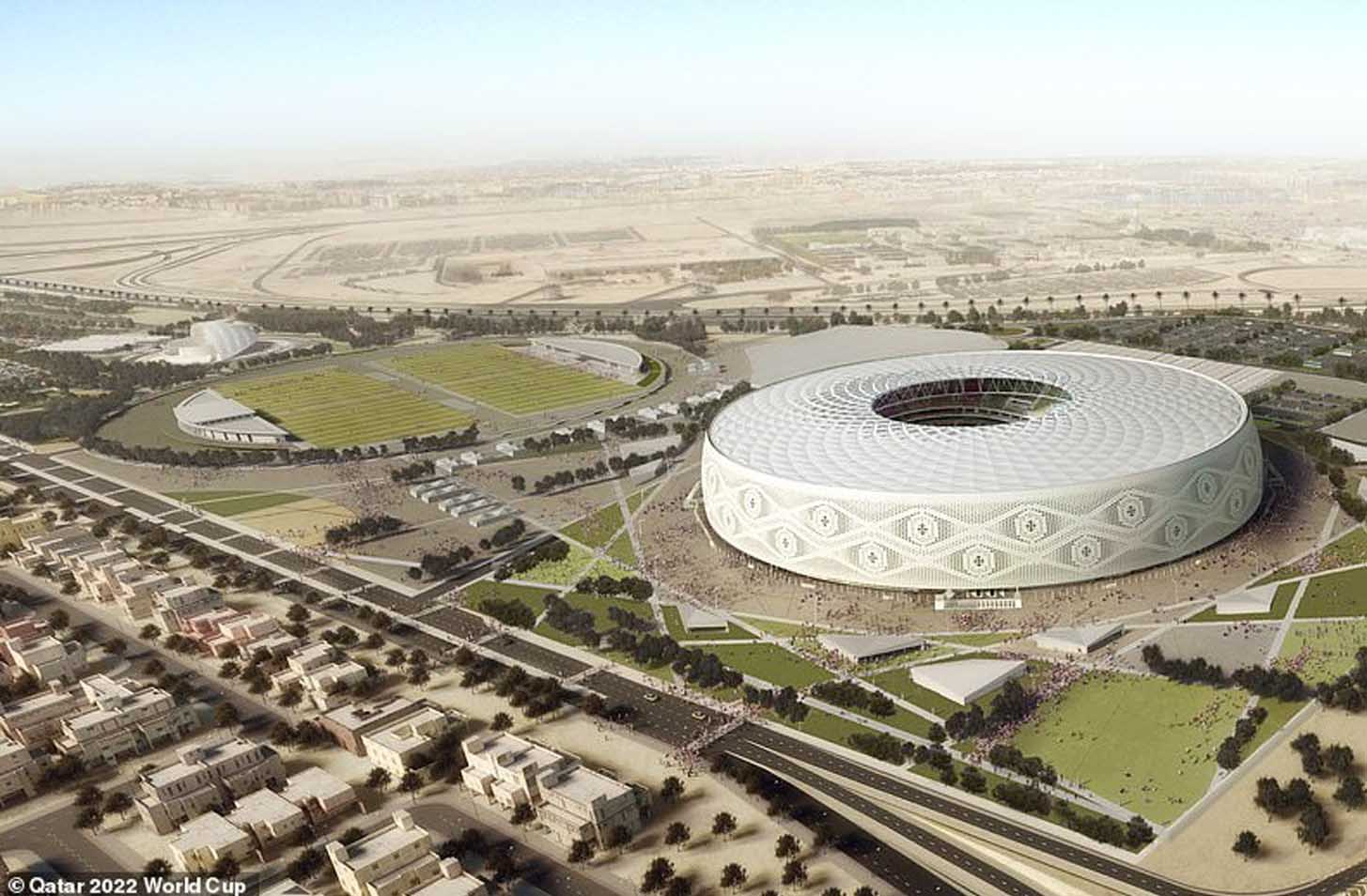
Al Thumama Stadium | Capacity: 40,000 – Yeah it's looking a bit rough at the moment, but when the Al Thumama Stadium is finished it will resemble the 'gahfiya' – a traditional woven cap worn by men across the Middle East. This is the first World Cup venue to be designed by a Qatari architect, Ibrahim Al Jaidah. Only 8 miles from the city centre, this one.
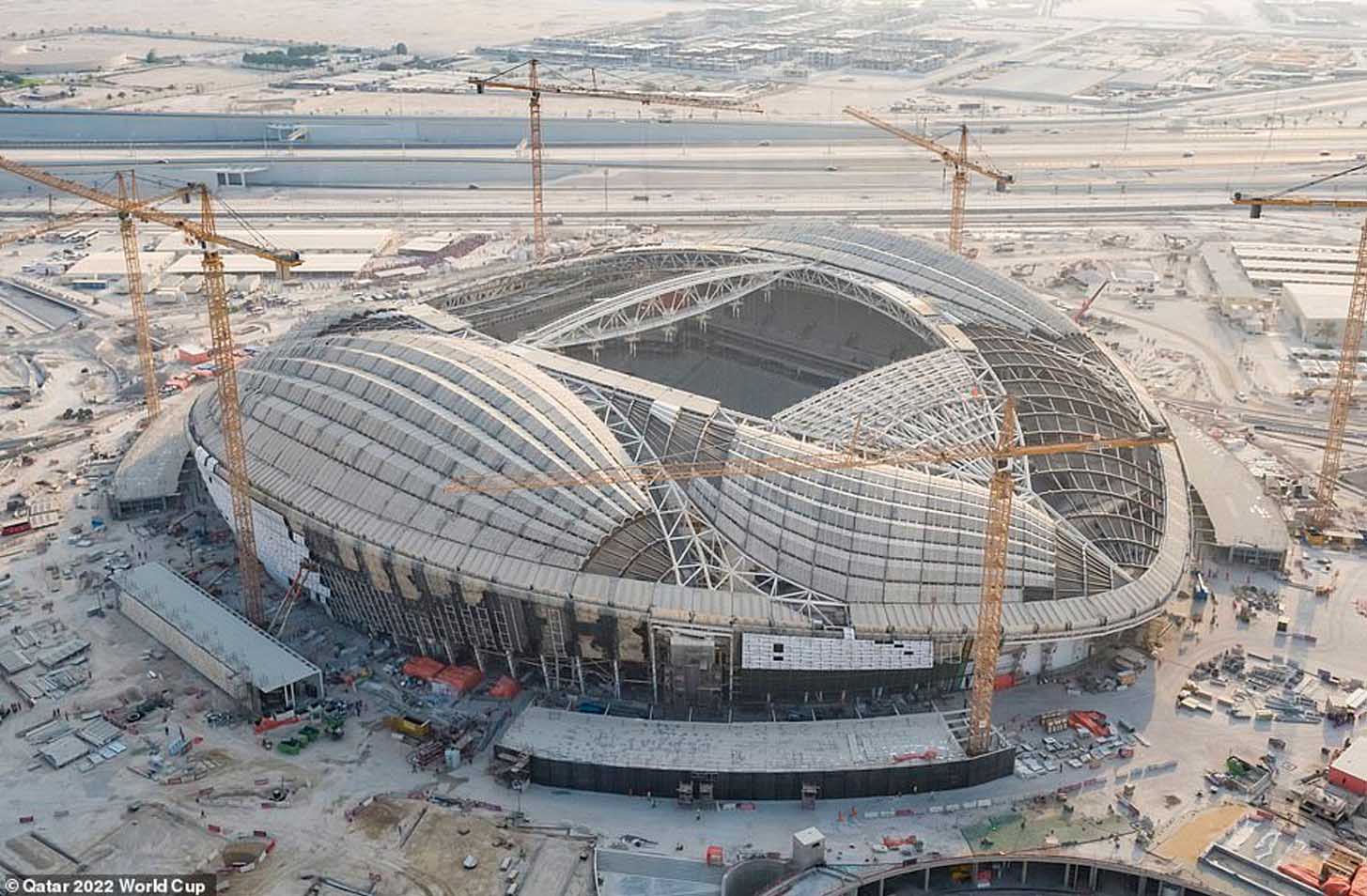

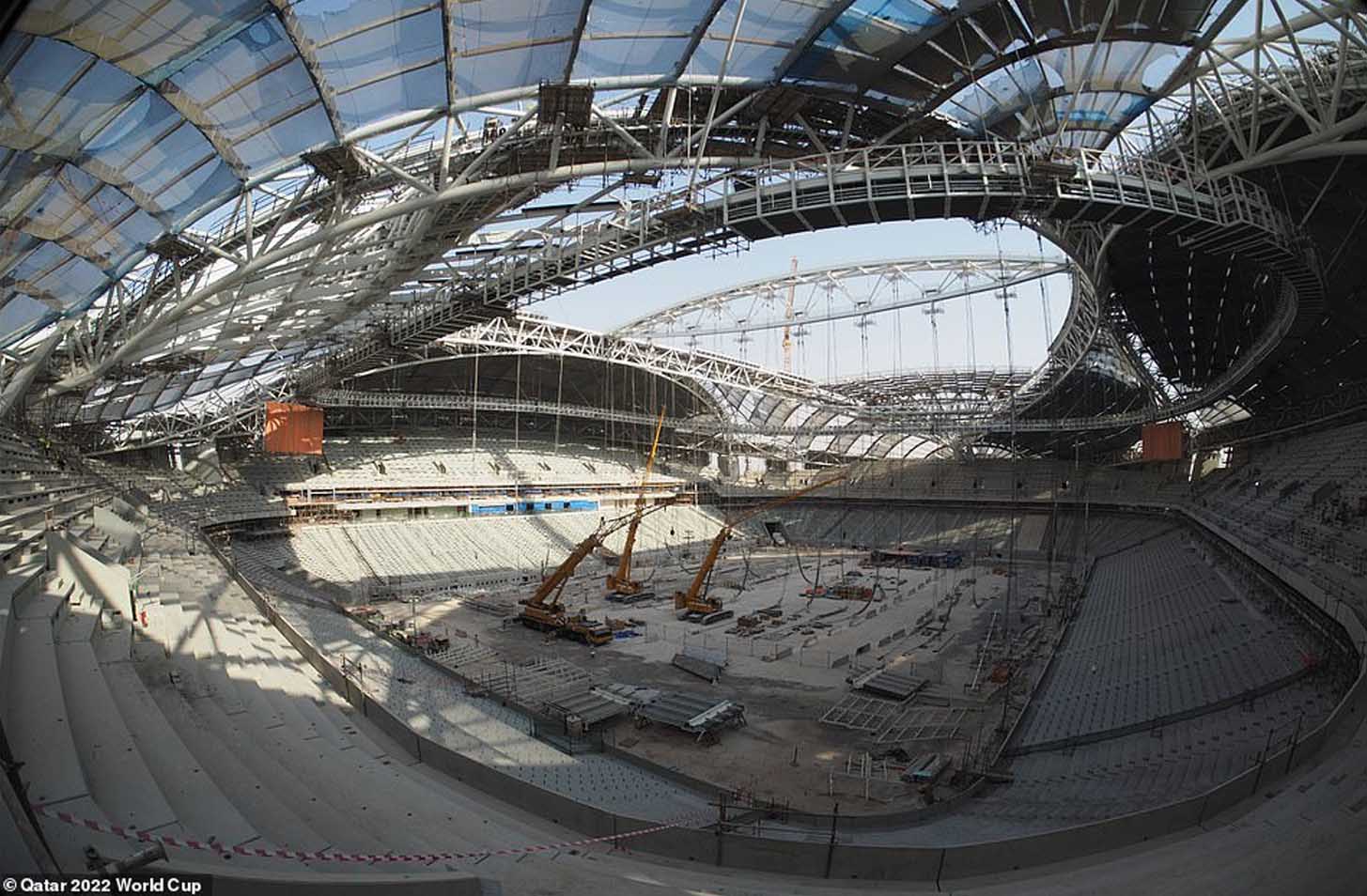
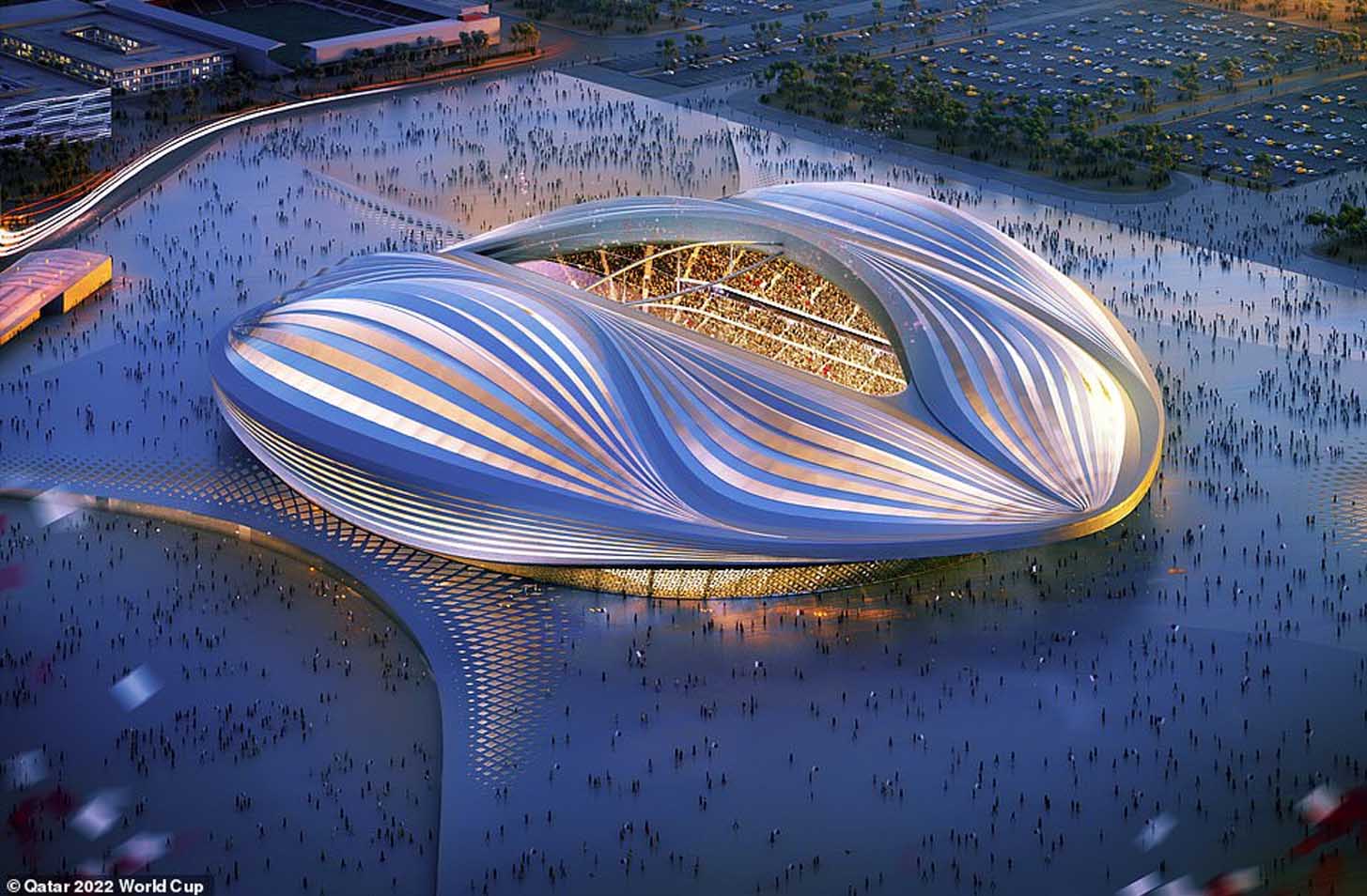
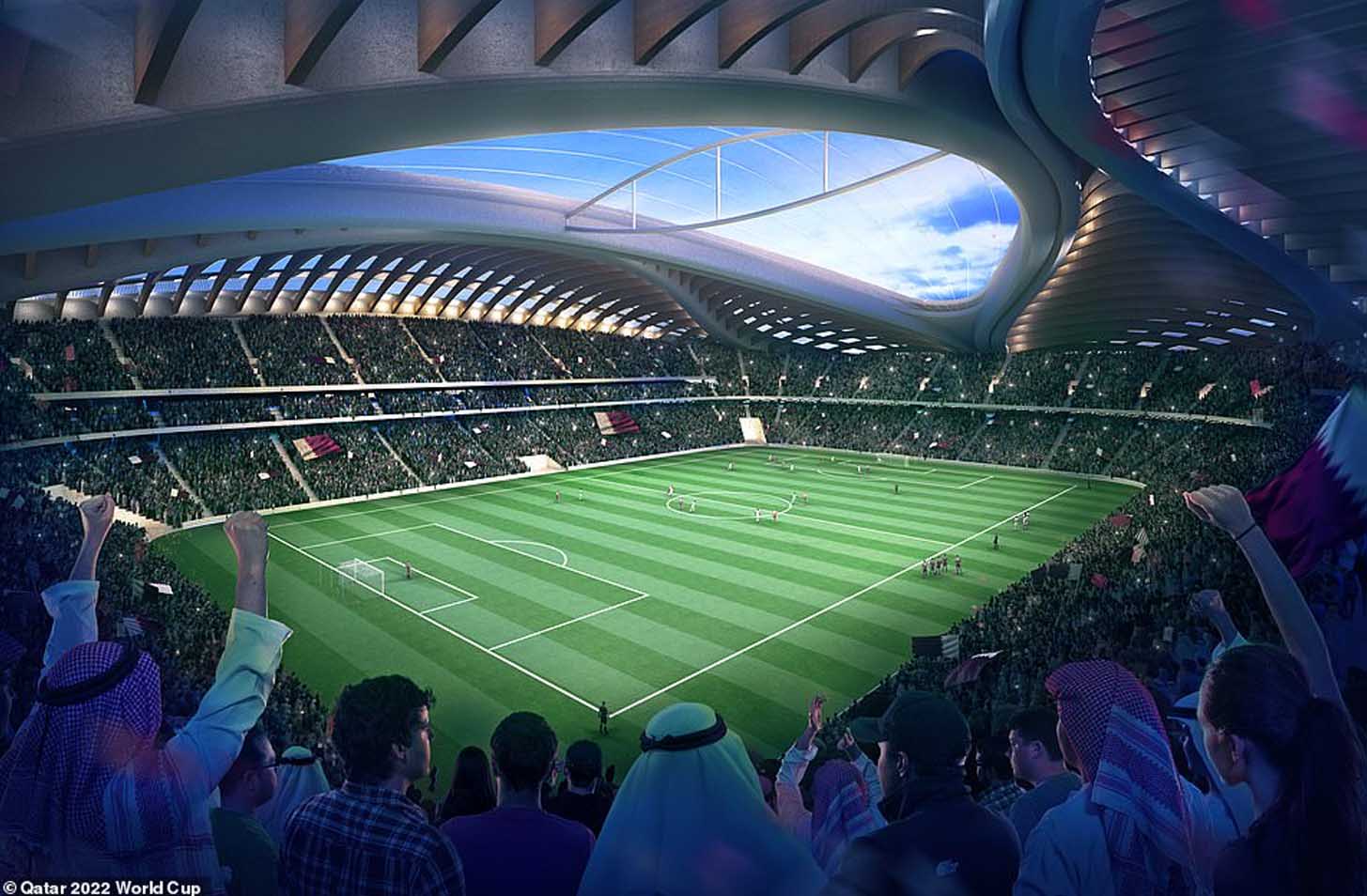
Al Wakrah Stadium | Capacity: 40,000 – This is the sort of thing we imagined when it was first announced that Qatar would be hosting a World Cup. No, it won't have a rickety old turnstile and a loyal programme seller called Alan being kept warm by a 50p Bovril on the cold terrace, but it does look like a spaceship, and that's pretty cool. The design is inspired by the sails of the dhow boats traditional to the country of Qatar in a nod to the coastal city's maritime heritage. It's also got a jazzy cooling system to ensure the arena can hold events all year round.
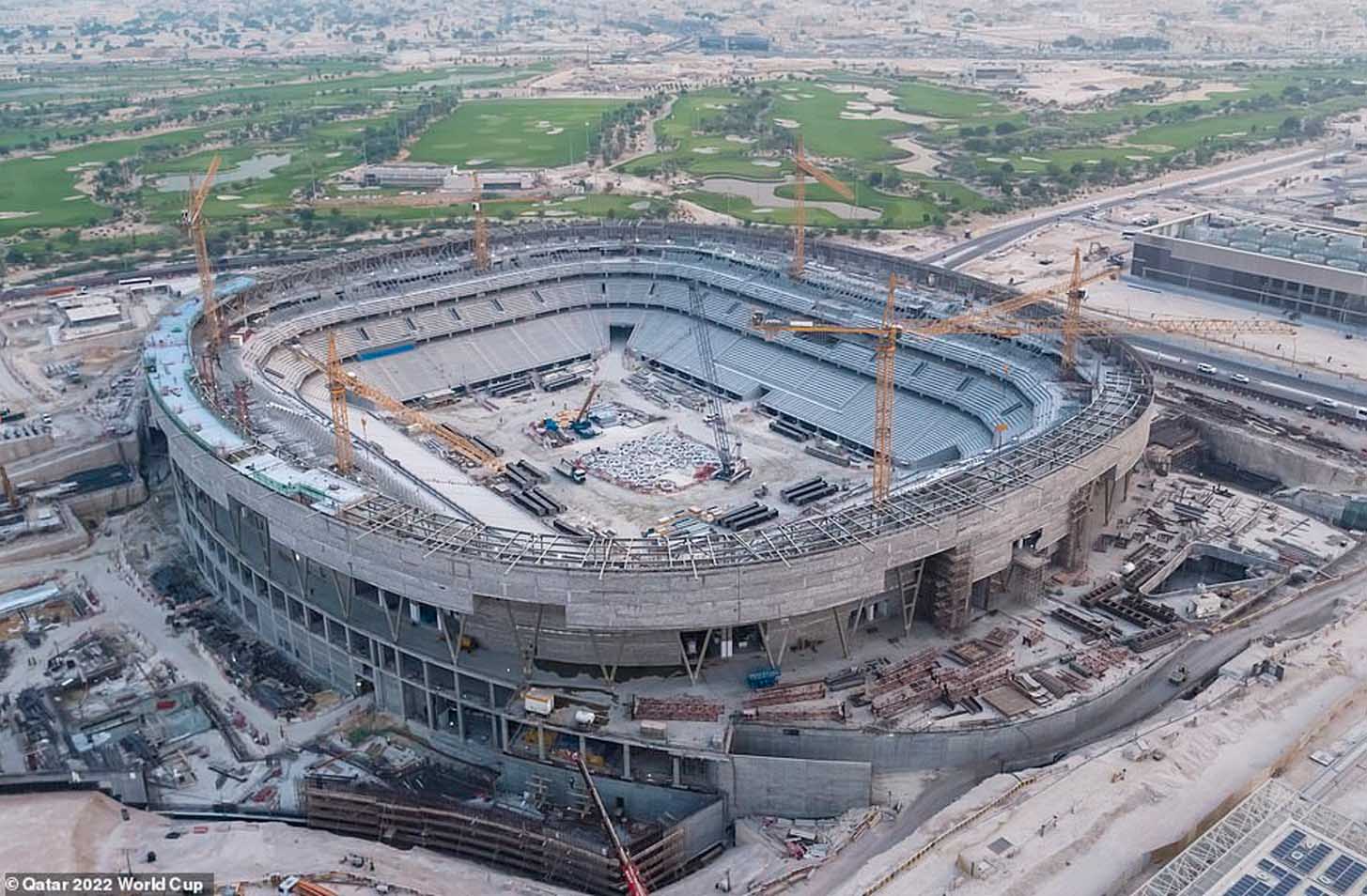
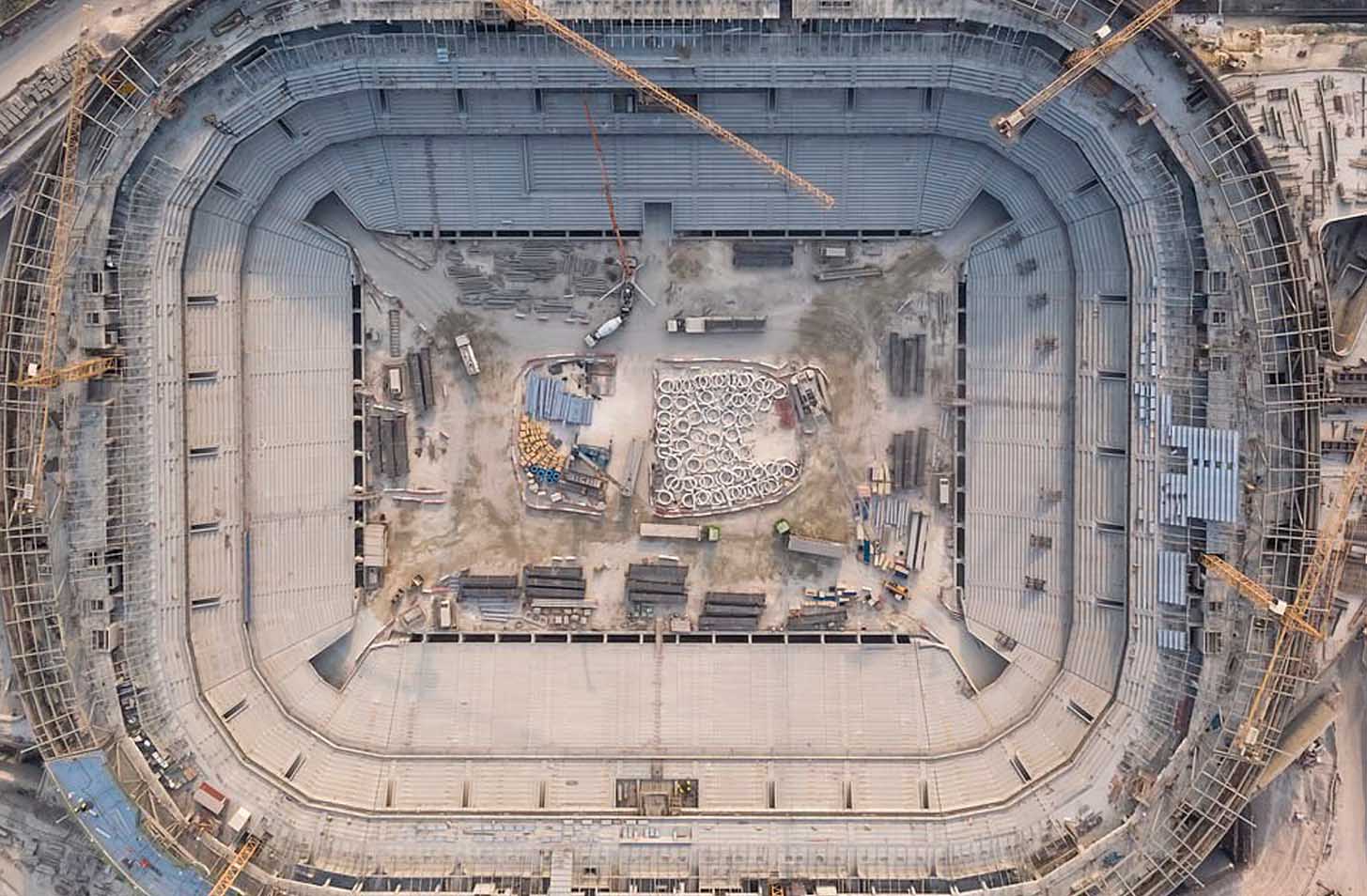

Education City Stadium | Capacity: 40,000 – Sitting just 7 miles away from the city centre the Education City Stadium will also host a Quarter Final. The stadium will be constructed in the shape of a diamond and will be nicknamed 'the diamond in the desert' as it's planned to glisten by day and glow at night. It will become the home of the national women's team after the World Cup circus has rolled out of town. There might not be many others that find a long term purpose.

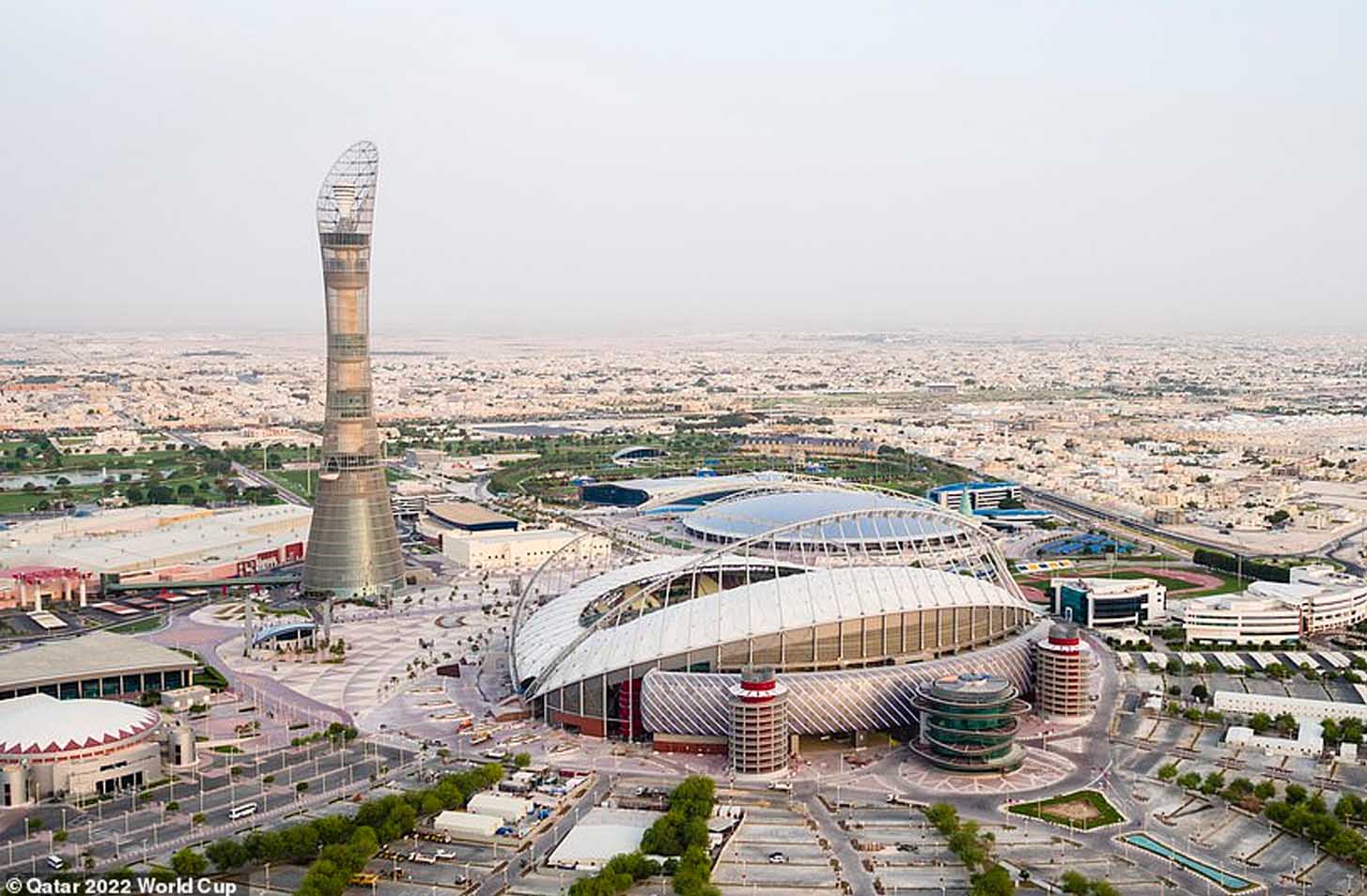
Khalifa International Stadium | Capacity: 40,000 – This one already exists. It's 8 miles from the city centre and has already hosted the Emir Cup final in May last year in front of 40,000 spectators. The Khalifa has been Qatar's national stadium since 1976 and it's hosted the Asian Games, the Gulf Cup and the AFC Asian Cup. Next year it will also host the IAAF World Athletics Championships. Remember when England lost 1-0 to Brazil in a friendly in 2009? Probably not. Anyway, that was here too.

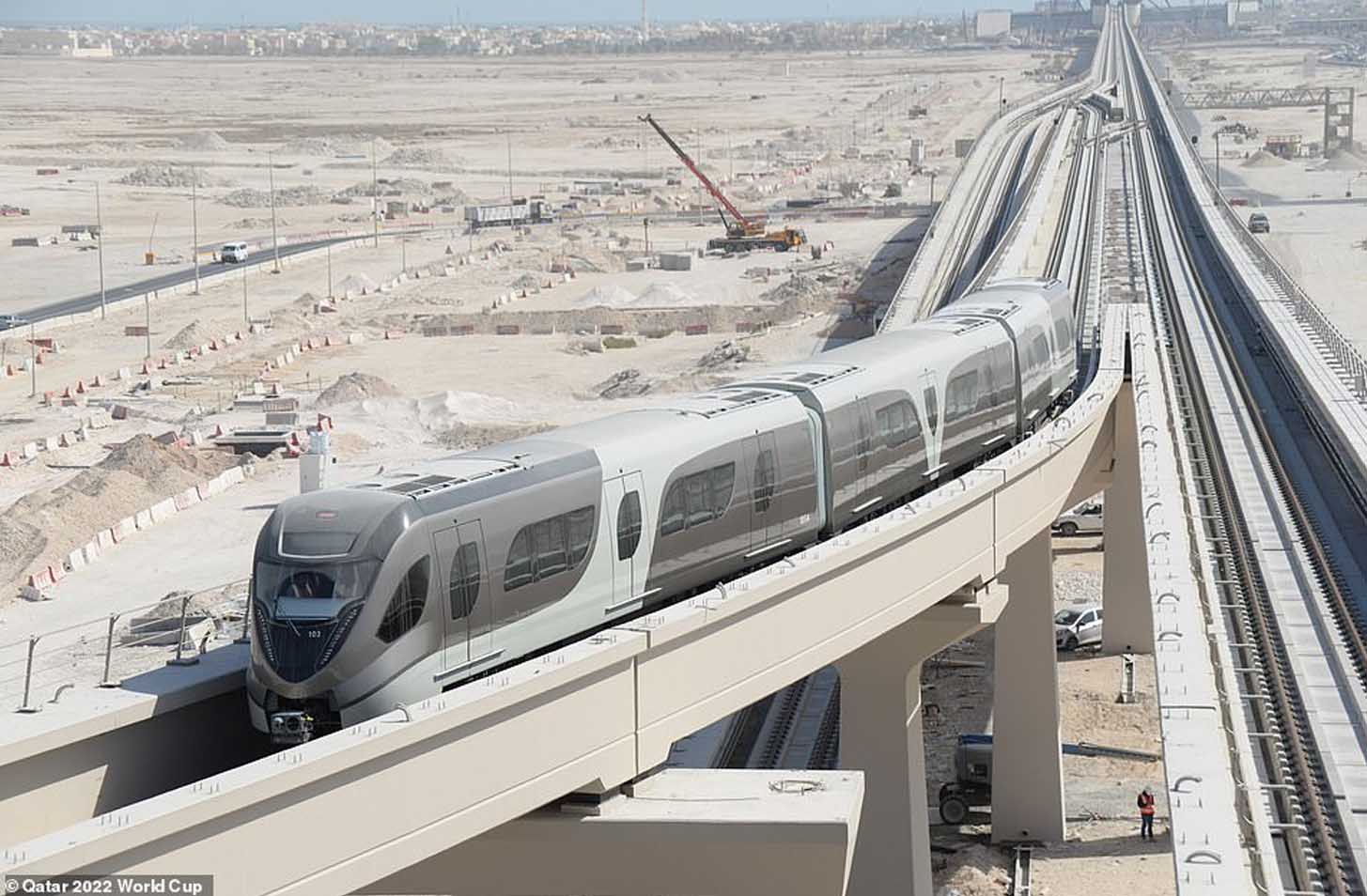
Lusail Stadium | Capacity: 80,000 – This here is the venue of the opening match and final. The Lusail is 10 miles from the city centre and will be the showpiece stadium of the tournament with a capacity of 80,000. The designs are yet to be unveiled, we'll have to wait until next month for a better look. In the mean time, enjoy this photo of concrete and sand, and a high speed metro tram that'll be used to reach all stadiums.
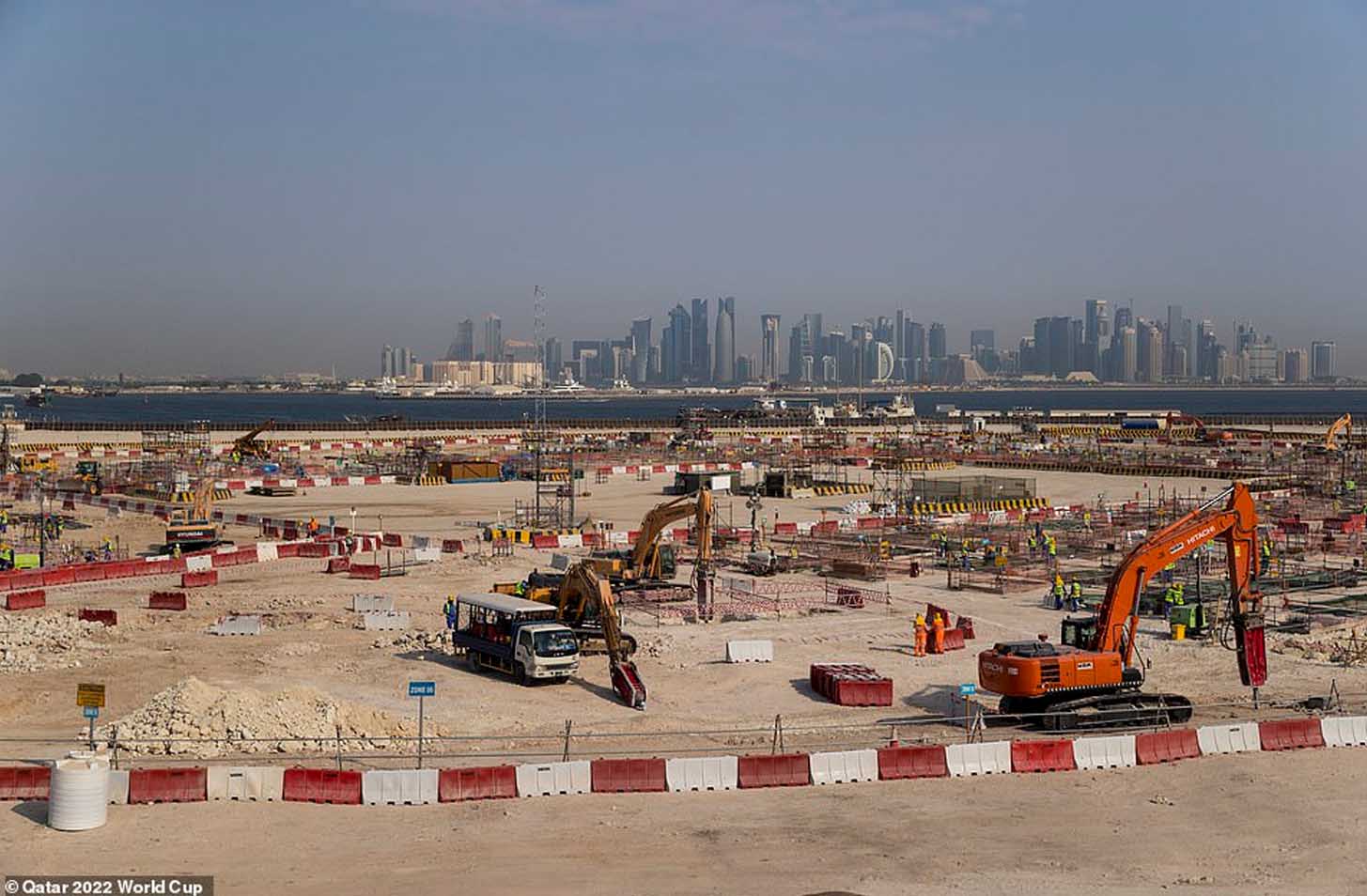
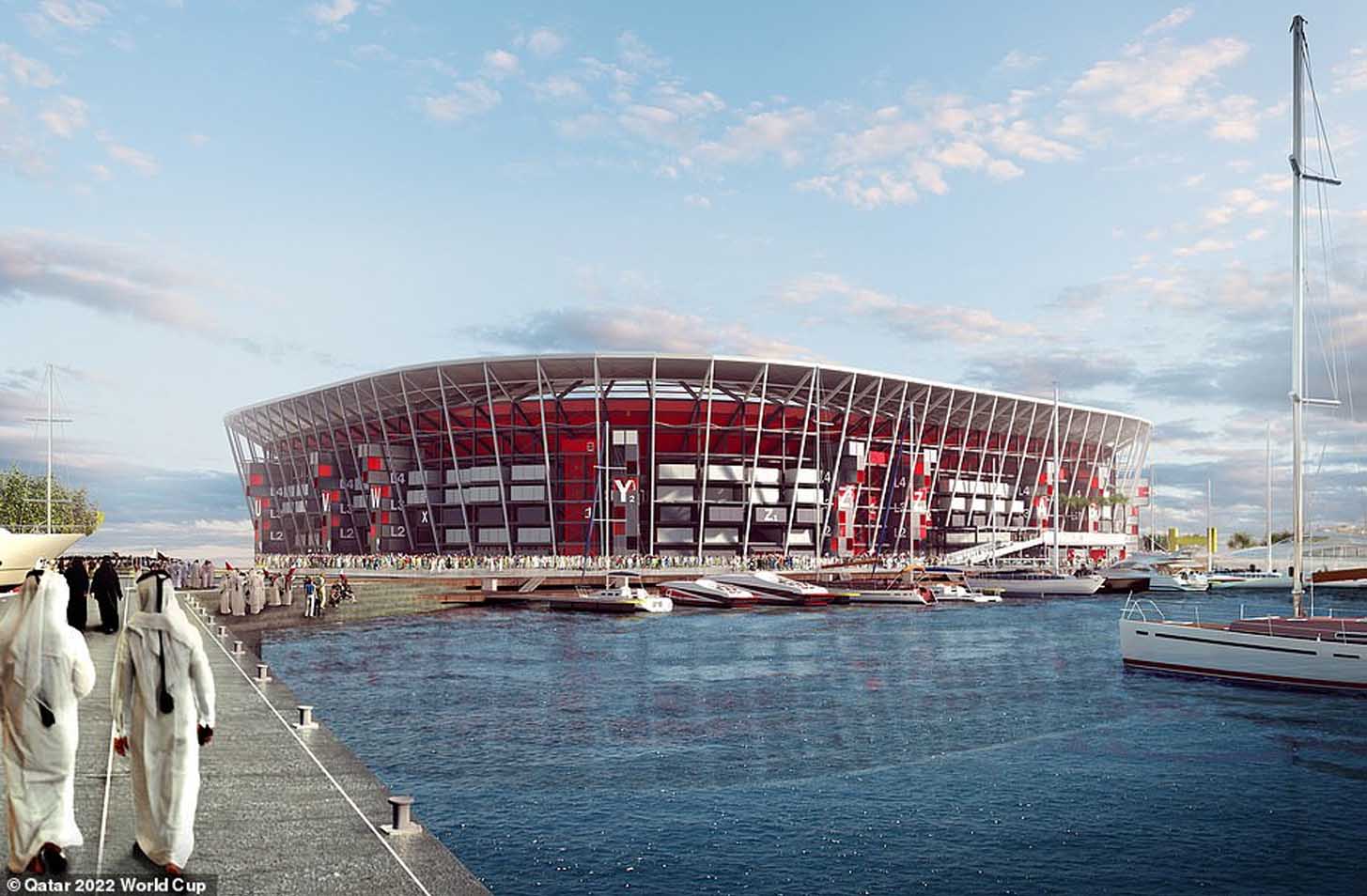

Ras Abu Aboud Stadium | Capacity: 40,000 – Yeah, there's a lot left to do here but the final design is truly spectacular. The Ras Abu Aboud will be made from 998 shipping containers and other materials that can easily be dismantled after the tournament finishes. Just 6 miles from the city centre, it overlooks the Doha Corniche and the skyline of the West Bay. The prefabricated containers have been under construction for a few months with the first of the 998 expected to arrive in Doha in February 2019.
And that's that. A lot of work still to do but it's looking pretty on track. Of course, this is just the tip of a deeper story in terms of working conditions and the overall project – incredibly aesthetic stadiums won't screen that. Eight stadiums in such a small radius is one colossal job logistically and there will be questions about the longevity of the stadiums as there were in South Africa in 2010 and Brazil in 2014, but all eight of them in Qatar are undeniably impressive.
Roll on 2022. Roll on 30C heat. If it is coming home, then it's coming home sunburnt.
